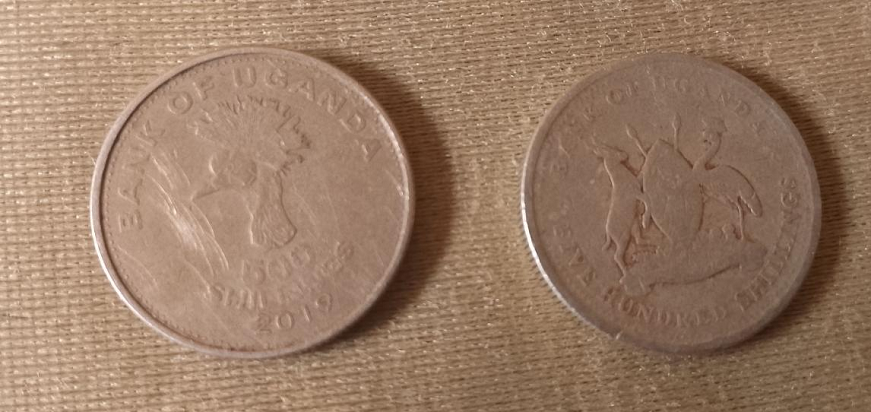The current 500 coin that people are rejecting because of it wear and tear; the number, the year and Bank of Uganda logo
The continued rejection of worn-out 500-shilling coins is disrupting trade across Omoro District and other parts of the Lango sub-region, leaving many small-scale traders stranded and slowing down local business transactions.
Many businesspeople say they are losing customers and experiencing daily setbacks as a result of the deteriorated condition of these coins. The coins, particularly those minted between 2000 and 2007, have suffered extensive wear and tear, making the denomination and minting year barely visible. As a result, traders and vendors are increasingly refusing to accept them.
George Otim, a businessman in Acet Town Council, Omoro District, said the situation is affecting trade between rural traders and urban suppliers. “Whenever we travel to Lira City for supplies, our coins are rejected. It’s embarrassing. Even when we return home, we hesitate to accept such coins from our own customers. This is starting to slow down business,” he said.
Irene Ato, a produce dealer from Otwal Sub-county in Oyam District, shared her frustration after coins worth 10,000 shillings were rejected by vendors at Lira Main Market. “I went back home without any of the items I had planned to buy. I couldn’t exchange the coins either. That loss affected my weekly sales,” she explained.
The problem is not limited to individual losses. Traders say the trend is undermining trust in cash transactions and forcing some to hoard newer, cleaner coins. Others have resorted to using mobile money for small payments, which comes with added transaction costs.
Felix Eciru, the Centenary Bank Manager in Lira, acknowledged the concern but clarified that the 500-shilling coin remains legal tender. “The real issue is the mishandling of coins. While they may appear worn, they are still acceptable for transactions. It’s the public perception that is fueling this rejection,” he said.
-URN





